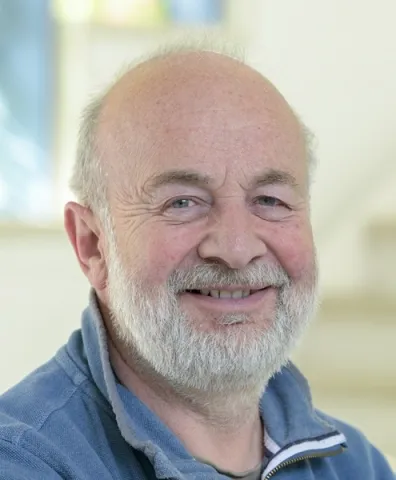About the project
Symmetry is a powerful tool for selection of NMR interaction and creation of correlated spin states. Many exquisite experiments are based on analytical calculation via average Hamiltonian or Floquet theory. A step change in efficiency and robustness may be obtained by combining Hamiltonian symmetry, periodicity and quantum optimal control.
Symmetry-based sequences have long been used in NMR, especially on solid materials undergoing magic-angle spinning (MAS NMR), for the control of the average Hamiltonian and the selection of which spin interaction should be recoupled. These, in turn, can be used to create multi-spin correlated states, provide filtering of specific parameters and answer structural questions about the materials being investigated. Similar approaches have more recently been demonstrated to be useful also for liquid state NMR. Methods have often a moderate tolerance to experimental imperfections and mis-set of parameters and experimental conditions, and the full analytical approach struggles to be useful when the first order Hamiltonian does not provide a faithful description of the system.
This work will aim to use full numerical calculations, as well as guiding symmetry and periodicity principles, for the development of quantum optimal control (QOC) symmetry-inspired sequences.
The utilization of symmetry and periodicity will guide the QOC optimization, with an expectation of massive time reduction, and the possibility to tackle more demanding spin systems or nuclei with spin larger than 1/2. Attention will be also on pattern recognition on the new QOC methods, which may potentially lead to the discovery of possibly new classes of symmetry-based sequences, with a semi-analytical description of their operation.
Possible industrial sponsorship is under consideration.


